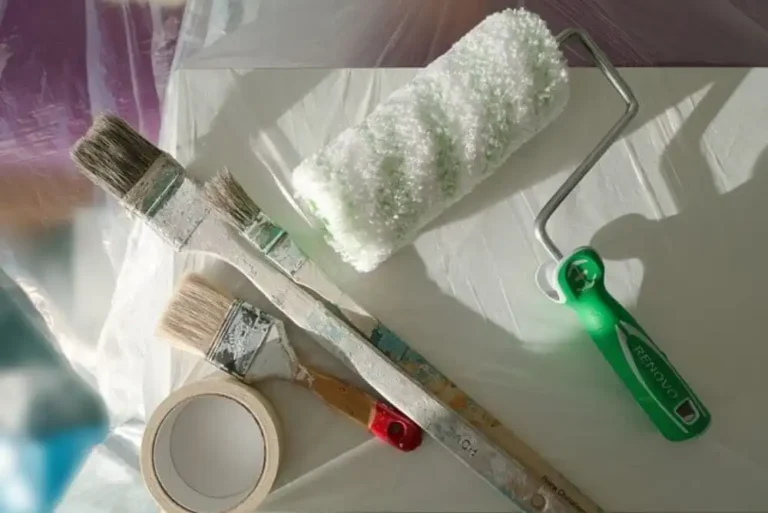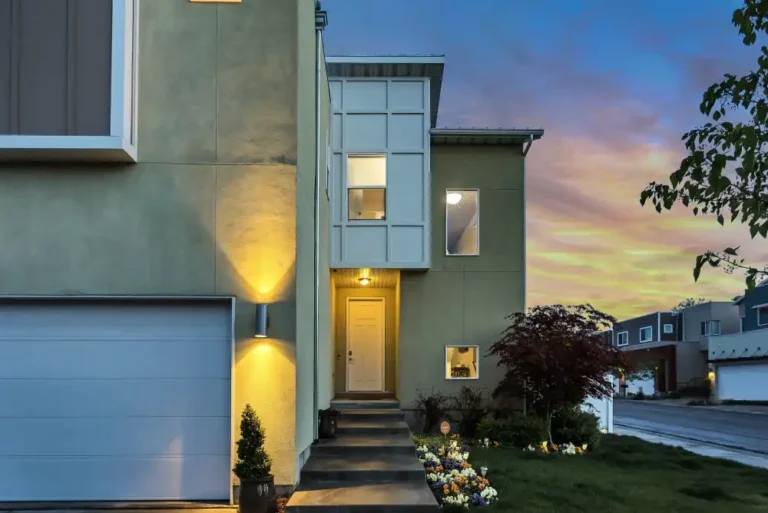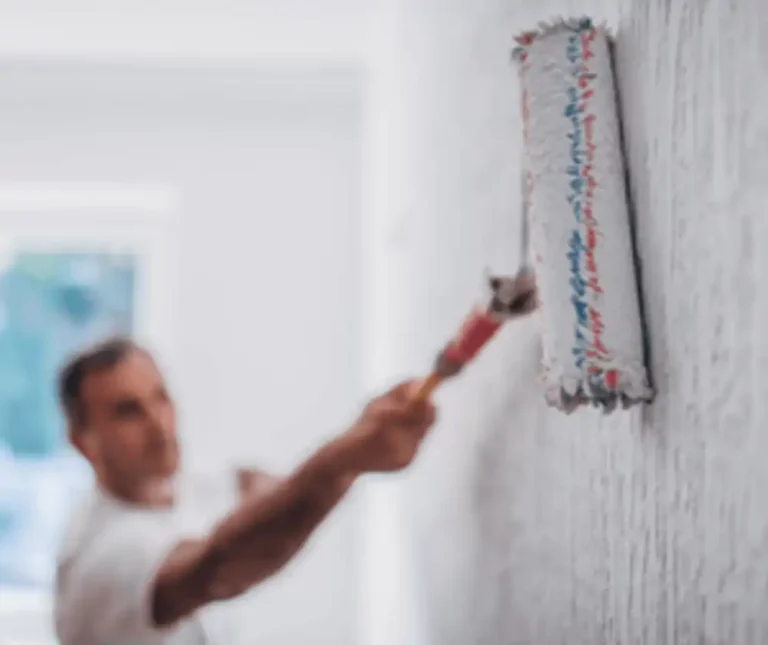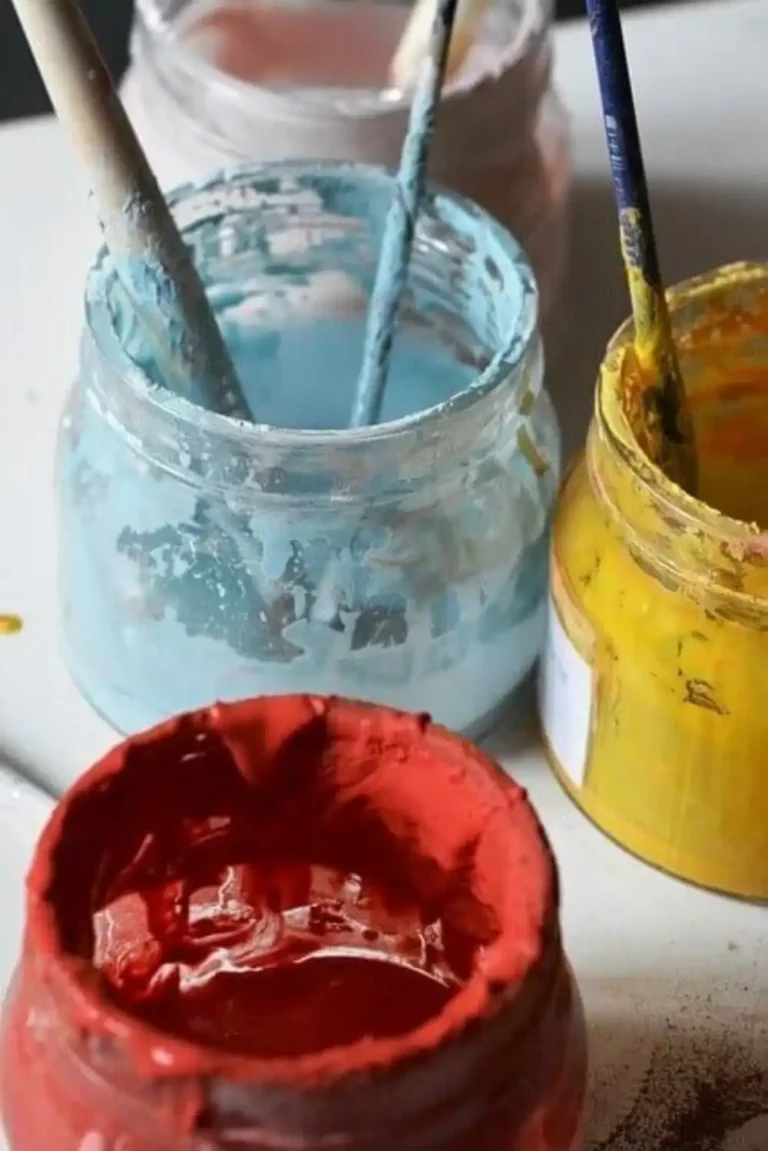Choosing the Right Wall and Ceiling Color Combinations for Your Home
When decorating your home, few decisions make as much visual impact as your wall and ceiling colors. The right combination can transform how a space feels—whether it’s cozy and intimate, bright and open, or elegant and sophisticated. With so many options to choose from, it can feel overwhelming to know where to start.
This guide will walk you through how to select the best wall and ceiling color pairings, what paint types to use, and in what order to paint for a flawless finish.
What to Look for in Wall and Ceiling Color Combinations
When selecting wall and ceiling colors, take into account light, size, and style. Each factor plays a key role in achieving the atmosphere you want for a space.
1. Consider Natural Light
Rooms with abundant sunlight can handle deeper or bolder hues without feeling enclosed. In contrast, spaces with limited natural light benefit from lighter tones that make them appear larger and brighter.
2. Account for Room Size and Shape
Smaller rooms generally feel larger with light-colored walls and ceilings. In rooms with high ceilings, a slightly darker ceiling color can bring balance and intimacy, preventing the space from feeling too tall or cavernous.
3. Match the Style You Want to Achieve
- Modern Look: Use neutral tones such as white, beige, or light gray for a clean, minimal aesthetic.
- Traditional Feel: Warm tones like cream, taupe, or pale blue create comfort and timeless elegance.
- Bold Statement: Experiment with deeper shades or contrast between walls and ceilings for visual drama.
Our Favorite Wall and Ceiling Color Combinations
Choosing the right pairing can make your home feel cohesive and inviting. Here are some tried-and-true combinations to inspire your next project.
Color Combinations for Bedrooms
The bedroom should feel restful and reflect your personality. Here are a few ideas to set the right tone:
- Tranquil and Calming: Pair pale blue or lavender walls with an off-white ceiling to create an open, airy environment perfect for relaxation.
- Warm and Cozy: Combine earthy beige or terracotta walls with a soft cream ceiling for a welcoming, grounded look.
- Modern and Elegant: Try a monochromatic gray palette—deep charcoal on walls and a lighter gray on the ceiling—for a sophisticated, cocoon-like atmosphere.
- Playful and Energetic: Mix mint green or blush pink walls with a light complementary hue overhead for a cheerful, uplifting space.
Always test color samples in different lighting throughout the day, as both natural and artificial light can dramatically affect tone perception.
Coordinating Colors of the Same Temperature
The color wheel is divided into warm and cool tones, and choosing colors from the same family often creates harmony.
- Warm Pairings: Combine shades of orange, red, and gold to evoke sunlight, energy, and warmth—perfect for southwestern or rustic interiors.
- Cool Pairings: Blues and greens produce a soothing, natural ambiance reminiscent of sky and water.
Keep undertones in mind—a cool gray may have a warm beige base, so be sure to compare samples side by side.
Same Color, Different Shade
For a cohesive yet dynamic design, use two shades of the same color—one for the walls and another for the ceiling.
For instance, light turquoise walls paired with a deeper turquoise ceiling can create depth and character. Add a crisp white trim to highlight architectural details and enhance contrast.
When using tonal variations, ensure both shades share compatible undertones to avoid visual clashes.
Shades of Gray
Gray continues to be a designer favorite because of its versatility and sophistication.
- Pair light gray walls with a darker gray ceiling for a sleek, contemporary style.
- For balance, mix cool grays with warm accents, such as natural wood or soft textiles, to prevent the space from feeling too stark.
The contrast between light and dark tones provides depth while maintaining a neutral, calming atmosphere.
The Best Paint for Ceilings
For most ceilings, flat latex paint is ideal. It minimizes glare, hides imperfections, and creates a smooth, uniform appearance. Flat finishes also make it easier to touch up areas without visible streaks.
If you want a subtle sheen that reflects light, consider matte or eggshell finishes in bright rooms. These finishes provide a touch of durability while maintaining a refined look.
Do You Paint the Ceiling or Walls First
Always paint the ceiling first before moving on to the walls. This prevents paint drips from ruining freshly finished walls and allows you to work more efficiently around edges. Once the ceiling is dry, tape off the edges and proceed with your wall color for a crisp, professional finish.
Frequently Asked Questions
What Color Should I Paint My Ceiling
Light, neutral tones like white or off-white are timeless choices that brighten a room and make it appear more spacious. For a creative twist, try painting your ceiling in a contrasting color such as blue, gray, or green to create visual interest.
What Is the Best Paint for Ceilings
Use flat latex paint for most ceilings—it conceals surface flaws and absorbs light evenly. For bathrooms or kitchens, consider moisture-resistant ceiling paint to prevent mildew and peeling.
Can You Use Ceiling Paint on Walls
Yes. Ceiling paint can double as a primer or base coat for interior walls, especially if you want a flat, uniform finish. However, it may not be as durable as wall-specific paints for high-traffic areas.
Do You Paint Ceilings or Walls First
Paint the ceiling first. This ensures that any accidental splatters can be easily covered when painting your walls.
Final Thoughts
The right wall and ceiling colors have the power to transform your home—shaping mood, light, and space in every room. Take into account natural lighting, room dimensions, and your personal design style when choosing your palette.
At James T. Davis, we take pride in helping homeowners bring their vision to life. From ceiling paints and wall finishes to expert color matching, our team is here to guide you every step of the way. Visit us today to explore premium paints and find the perfect shades for your next home project.






